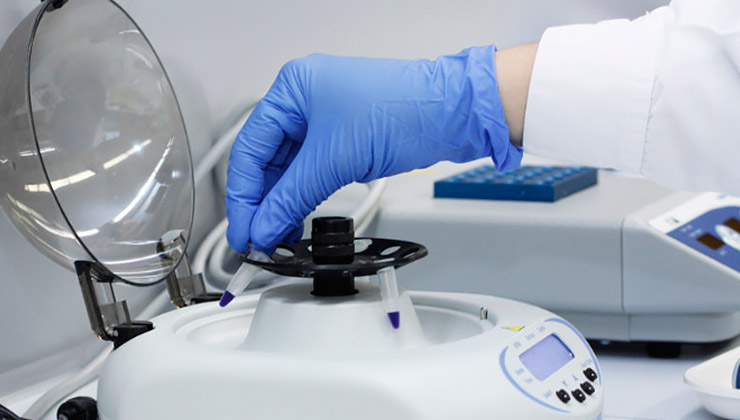Directors
Dr Borja Corcóstegui (IMO) and Dr ManelEsteller (IDIBELL)
Researchers
Dr Esther Pomares and Dr Víctor Abad (Department of Genetics), Dr AnnikenBurés and Dr Rafael Navarro (Department of Retina and Vitreous) and Dr MaríaBerdasco and Dr Holger Heyn (Epigenetics and Cancer Biology Programme, PEBC, IDIBELL)
Project description
Retinitis pigmentosa, with a prevalence of 1 in 4,000 people and more than one million sufferers worldwide, is the most common retinal dystrophy. These diseases are neurodegenerative and caused by the death of the photoreceptors and cells of the retinal pigment epithelium. At molecular level, they are characterised by being extremely heterogeneous, with more than 200 genes responsible, for which different patterns of Mendelian inheritance have been described. In retinitis pigmentosa, the list of candidate genes rises to more than 60, but each of them explains only a very low percentage of cases, since there are no majorities or prevalent mutations. As a consequence, it is estimated that 30-40% of cases of families affected by retinal dystrophies are caused by genes as yet unidentified.
The determination of new candidates responsible for retinal dystrophies (RD genes) will enable better definition of these diseases and a more complete knowledge of all of the metabolic pathways involved. However, for the study of the molecular causes of these extremely complex diseases at genetic level, conventional analysis methodologies have become obsolete. Against this background, numerous large-scale genotyping and mass sequencing technologies have been developed in the last decade and these have considerably increased the diagnostic possibilities of retinitis pigmentosa and, in general, retinal dystrophies.
End date
2018
